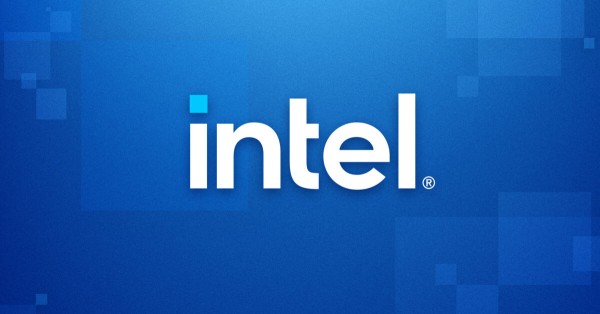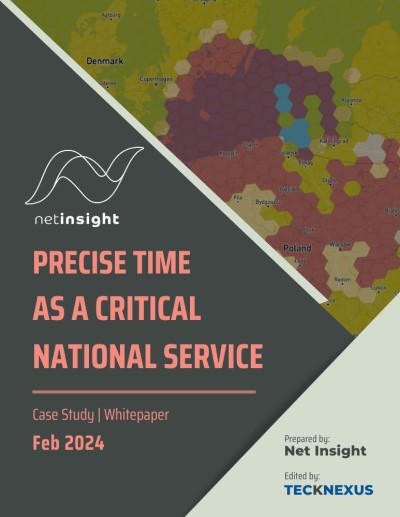In an industry characterized by fierce competition and constant innovation, India’s telecom giants—Reliance Jio, Bharti Airtel, and Vodafone Idea (Vi)—are charting a new course towards financial sustainability and enhanced service delivery. By encouraging customers to migrate to tier-based post-paid tariff plans, these operators are not only diversifying their offerings but also significantly improving their Average Revenue Per User (ARPU), a critical financial metric that determines the health and profitability of telecom operators.
The strategy involves segmenting customers based on their data consumption habits and offering them post-paid plans that are commensurate with their usage patterns. This segmentation allows for a more personalized approach to service delivery, ensuring that high data users are moved to premium plans that offer better value through bundled services, including OTT streaming subscriptions to platforms like Netflix, Prime Video, and Disney+ Hotstar.
The Shift to Premiumisation
The move towards premium post-paid family plans comes at a time when direct tariff hikes are politically and economically sensitive. By bundling multiple mobile connections with attractive data allowances and OTT subscriptions, the telcos are effectively enhancing their ARPU without altering the base tariff rates. This strategy, referred to as “premiumisation,” has been adopted across the board by Bharti, Jio, and Vi, as noted by financial analysts at Axis Capital. The goal is to leverage increased data usage and the value-added services offered in these higher-tiered plans to drive revenue growth.
Strategic Offerings by Telcos
Each operator has tailored its strategy to leverage its strengths and market position. Airtel’s Airtel Black and Jio’s post-paid push, complemented by its 5G-ready Jio AirFiber plans, serve as prime examples of how bundled offerings can attract customers to more lucrative plans. Vi, on its part, has revamped its marketing strategy, focusing on post-paid family packs that not only offer OTT subscriptions but also include other benefits like dining discounts and travel deals, to entice customers to make the switch from prepaid to post-paid.
The Evolution of Tariff Structures
The need for an evolved tariff structure in India’s telecom sector has been a long-standing discussion point. Leaders like Vi’s Akshaya Moondra and Airtel’s Gopal Vittal have highlighted the necessity of transitioning towards a model where payment is more closely aligned with usage. This approach not only aligns with global practices but also encourages customers to opt for higher-value plans, thereby driving up ARPU and ensuring a more sustainable business model for the operators.
Investment in Technology and Infrastructure
With the telecom industry at the cusp of a 5G revolution, the operators are gearing up for massive investments in spectrum and network infrastructure. The imminent launch of 5G services by Jio and Airtel, followed by Vi’s planned rollout, underscores the criticality of these investments. Vi’s recent announcement of a Rs 45,000 crore fundraising plan to expand its 4G coverage and launch its 5G network is a testament to the sector’s readiness to embrace the future of telecommunications in India.
Future Prospects and Analyst Predictions
As the telecom sector awaits the possibility of industry-wide tariff hikes post-elections, analysts are optimistic about the potential for significant ARPU increases for the leading operators. With predictions of substantial ARPU growth, the sector is poised for a period of robust financial health and competitive dynamism.
This strategic pivot towards tiered tariff plans, combined with a focus on technology investment and infrastructure expansion, represents a transformative phase for India’s telecom sector. As operators strive to balance customer satisfaction with financial viability, the adoption of innovative revenue models like the tiered tariff strategy will likely set new benchmarks for success in the digital era.
Enhancing Customer Experience through Value-Added Services
One of the cornerstones of the tiered tariff strategy is its emphasis on enhancing customer experience through value-added services. Operators are increasingly focusing on not just connectivity but also on providing a comprehensive digital experience. This includes access to high-speed internet, HD voice calls, and premium OTT content, which are becoming crucial factors in customer retention and satisfaction. By integrating these services into their post-paid plans, telcos are not only improving ARPU but are also elevating the overall customer experience, making it a key differentiator in the competitive telecom landscape.
The Role of Data Analytics in Personalized Plans
The success of tiered pricing models hinges on the telecom operators’ ability to understand and predict customer behavior. Advanced data analytics play a pivotal role in this, enabling telcos to segment their customer base effectively and tailor their offerings accordingly. By analyzing usage patterns, preferences, and spending habits, operators can create personalized plans that meet the specific needs of different customer segments, thereby increasing the uptake of higher-tier plans.
Challenges and Considerations
While the shift towards premium post-paid plans offers numerous advantages, it also presents several challenges. One of the key considerations is the risk of alienating a segment of the customer base that is sensitive to price increases. Therefore, maintaining a balance between premium and basic services becomes crucial. Additionally, the increased reliance on OTT services as a bundling component requires telcos to negotiate favorable terms with content providers, ensuring that the partnerships are mutually beneficial and sustainable in the long run.
Regulatory Implications
The telecom sector’s evolution towards tiered tariff plans and bundled offerings may attract regulatory scrutiny, especially in markets where consumer protection and competitive fairness are paramount. Telecom regulators may need to assess the impact of these strategies on market competition, pricing transparency, and consumer choice. Ensuring that such innovative pricing models adhere to regulatory standards and promote healthy competition will be essential for their continued success.
Looking Ahead: The Future of Telecom Revenue Models
The adoption of tiered tariff plans represents a strategic shift in the telecom industry’s approach to revenue generation and customer engagement. As the sector continues to evolve, we may see further innovations in pricing models, including dynamic pricing, loyalty-based discounts, and cross-industry partnerships that offer a broader ecosystem of services to consumers. The success of these strategies will depend on operators’ ability to stay ahead of customer expectations, leverage technological advancements, and navigate the regulatory landscape effectively.
In conclusion, the move towards tiered tariff plans by India’s telecom giants signifies a transformative period in the industry, characterized by a focus on value-added services, customer personalization, and innovative revenue models. As telcos continue to adapt and innovate, the future of the telecom sector looks poised for growth, driven by enhanced customer experiences, technological advancements, and strategic business models.































